The work in excellent condition is made in oil on canvas, it is offered in a pretty gilded carved wooden frame which measures 84.5 cm by 100 cm and 65 cm by 81 cm for the canvas alone.
It represents a sunny hamlet in bright colors with a seated figure. The artist must have had a special link with this place (perhaps his accommodation) because there is a work representing the same subject a few years before, this one also for sale, is visible on my Proantic page.
An exceptional work which has nothing to envy of the great Fauvist painters of the same period.
Louis Mathieu Verdilhan's family settled in the Chartreux district of Marseille in 1877. Coming from a poor family, he apprenticed with a building painter in 1890 but began drawing with the support of the artist. Marseille painter Eugène Giraud (Marseille 1848-1937). In 1895, he opened a workshop that he kept all his life, at no. 12 rue Fort-Notre-Dame. In 1898, he went to Paris for the first time and worked for the decorator Adrien Karbowsky in charge of part of the ornamentation of the Salon du bois of the Pavilion of Decorative Arts for the Universal Exhibition of 1900, then returned the following year in Marseille. In 1902, he lost his left eye, which did not prevent him from painting.
His artistic career began in 1902 in Marseille with an exhibition on rue Saint-Ferréol then, in 1905, an exhibition at the Palais des Architectes on Avenue du Prado. He also exhibited in Paris from 1906 at the Salon des Indépendants: Fields of Poppies (1906), Priest and Altar Boy (1910), Place de l'Horloge (1911), House with the Almond Tree (1913), The Flower Jug (1914) ... From 1908 he also participated in the Salon d'Automne. In 1909, he spent six months in Versailles where he created numerous paintings. From 1910 to 1914 he occupied a workshop at no. 12 quai de Rive Neuve, in warehouses where the painters Girieud and Lombard were already installed (premises which would later be, from 1946 to 1993, the workshop of the painter François Diana). Mobilized in Toulon during the First World War, Louis Mathieu Verdilhan rubbed shoulders with Albert Marquet, whose influence he was influenced by, as well as André Suarès and Antoine Bourdelle.
After the war, he lived successively in Aix-en-Provence, Cassis and Toulon. On March 16, 1919, he married Hélène Casile, youngest daughter of the painter Alfred Casile. His notoriety increased and he exhibited as far as New York at the Kraushaar gallery. He painted a panel for the Marseille Opera for the city of Marseille: this canvas represents the July 14 celebration in Marseille and was widely criticized during the inauguration of the opera.
Passionate about the Old Port, he performed more than 130 times between 1913 and 1920[ref..
He died of laryngeal cancer on December 15, 1928. His widow remarried a polytechnic engineer, Gaston Vanneufville, and had a daughter: the actress Geneviève Casile.
His works can be seen in many museums and public collections:
Albi, Toulouse-Lautrec museum: Boat at the dock
Avignon, Calvet museum: View of the Old Port in Marseille
Granville, Richard Anacreon modern art museum: Provençal landscape
Grenoble, museum: Portrait of a man
Marseille:
Museum of Fine Arts :
View of the port of Marseille
Town hall on the coast
Cantini museum:
Self-portrait
The old Port
The bestiary
The transporter bridge
Town hall on the coast
View of the port of Marseille
Martigues, Ziem museum:
The great bulwark in the port of Marseille
The Old Port in Marseille 1927
The Colonies Bar in Toulon
Paris, museum of modern art of the city of Paris:
Lunch, sepia
Marseille, boats in port
Toulon, Toulon art museum:
Park corner, circa 1911, oil on canvas, 80 × 105 cm
Var coastline, circa 1907, oil on canvas, 70 × 91 cm
Village of Provence, oil on canvas, 80 × 150 cm











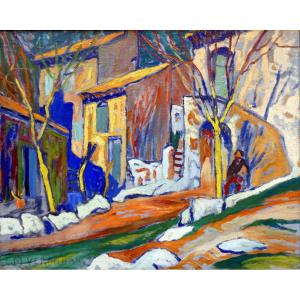










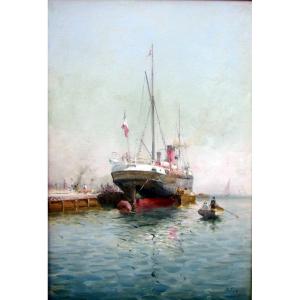
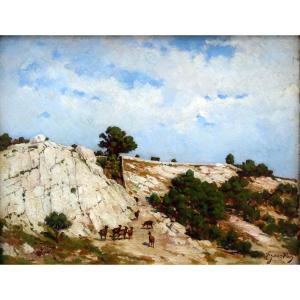
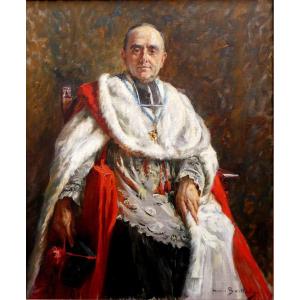

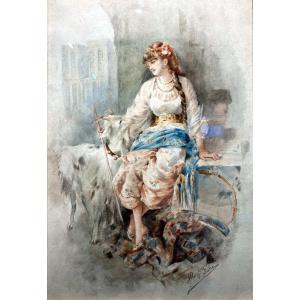
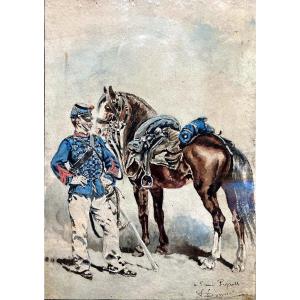
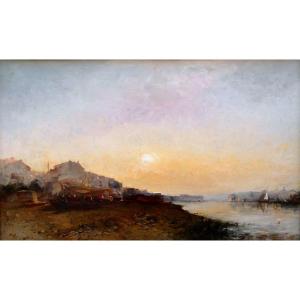



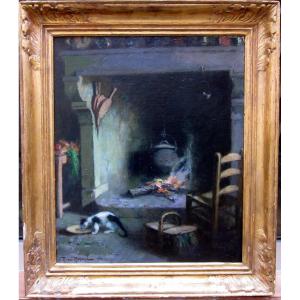
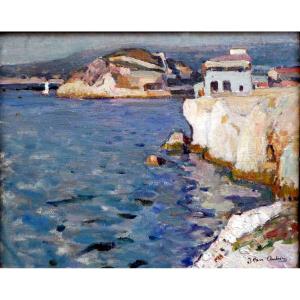

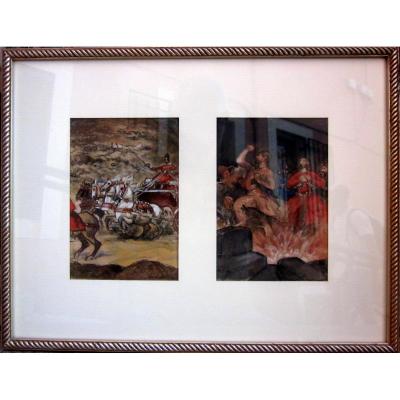




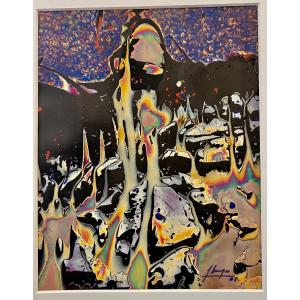



 Le Magazine de PROANTIC
Le Magazine de PROANTIC TRÉSORS Magazine
TRÉSORS Magazine Rivista Artiquariato
Rivista Artiquariato